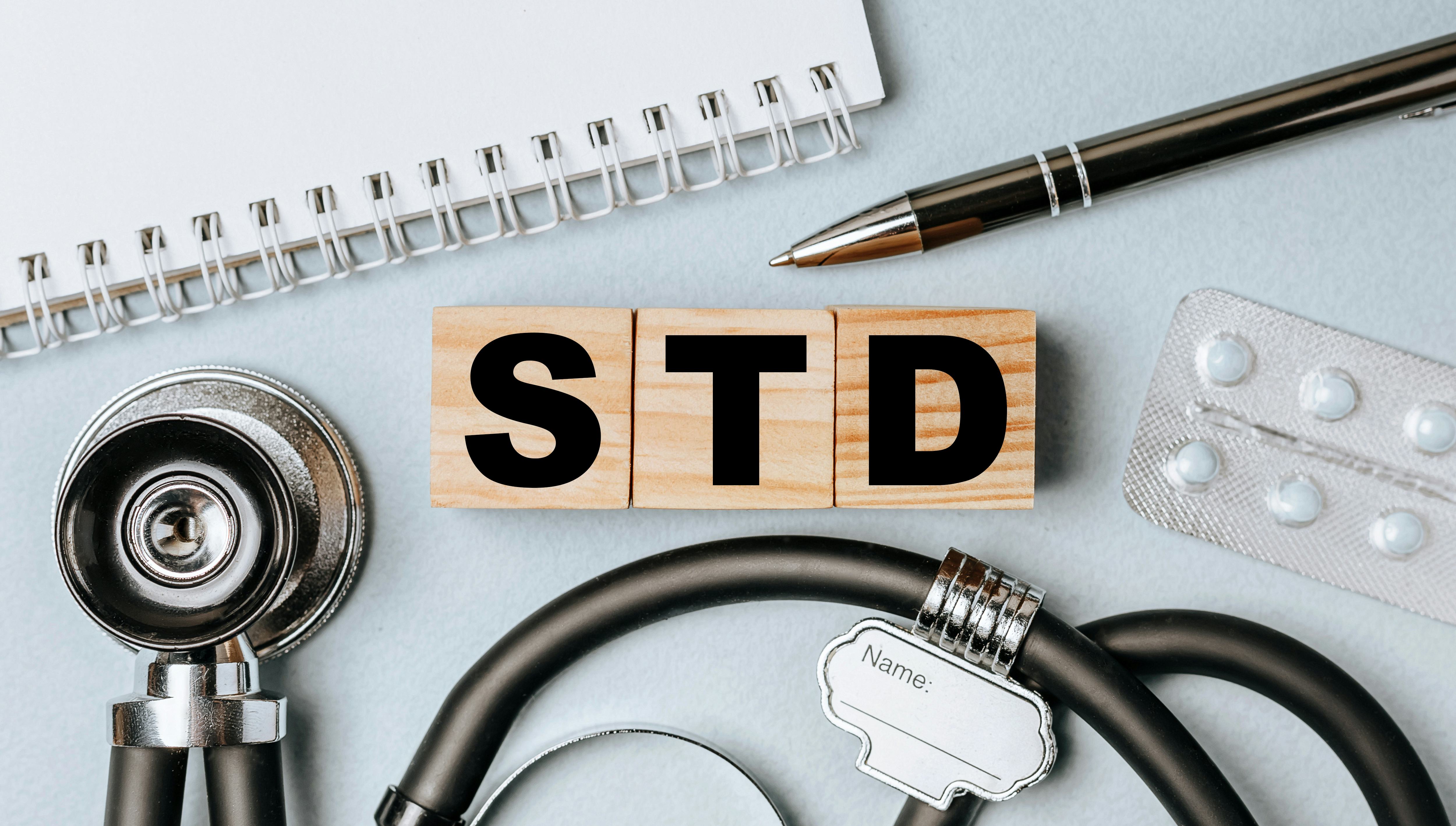
COVID-19 has made it a common practice to call people you were recently in close contact with to let them know you tested positive for the novel virus. This ethical, responsible disclosure is as old as humans themselves, which is to say as old as sex, which is to say as old as sexually transmitted diseases (S.T.D.s).
It’s S.T.D. Awareness Week, so to “celebrate,” the Centers for Disease Control (C.D.C.) released its 2020 Sexually Transmitted Disease Surveillance report. The C.D.C. says that the report “reflects the realities of a strained public health infrastructure” in the midst of the pandemic.
Here are some quick facts:
- Reported cases of gonorrhea and primary and secondary syphilis increased 10 percent and 7 percent each respectively, compared to 2019.
- Syphilis among newborns (called congenital syphilis) also increased by almost 15 percent from 2019, and 235 percent from 2016.
- Reported cases of chlamydia declined 13 percent from 2019.
The pandemic forced health care clinics to either limit in-person visits or shut down completely, and the C.D.C. says it’s “likely” that this factor contributed to decreased screenings. Resources and home testing kits were also more scarce, according to the report.
“The COVID-19 pandemic put enormous pressure on an already strained public health infrastructure,” said Jonathan Mermin, director of the C.D.C.’s National Center for H.I.V., Viral Hepatitis, S.T.D., and T.B. Prevention, in a press release. “There were moments in 2020 when it felt like the world was standing still, but S.T.D.s weren’t. The unrelenting momentum of the S.T.D. epidemic continued even as S.T.D. prevention services were disrupted.”
The report also noted how S.T.D.s unevenly affect different populations. For example, in 2020, 32 percent of all cases of chlamydia, gonorrhea, and primary/secondary syphilis were among Black people. Frequently, these disparities “reflect differential access to quality sexual health care,” the report reads. As the pandemic also disproportionately affected marginalized populations like people of color and those living below the poverty line, STIs further compound this impact.
In January of 2021, the C.D.C. estimated that 20 percent of people in the U.S. have a S.T.D., with almost half of incidences in 2018 occurring in people between 15 and 24 years old. These conditions can become dangerous if they go untreated, so seeking help from a medical professional is paramount. The C.D.C. offers free patient and provider materials on symptoms, testing, prevention, and more.







